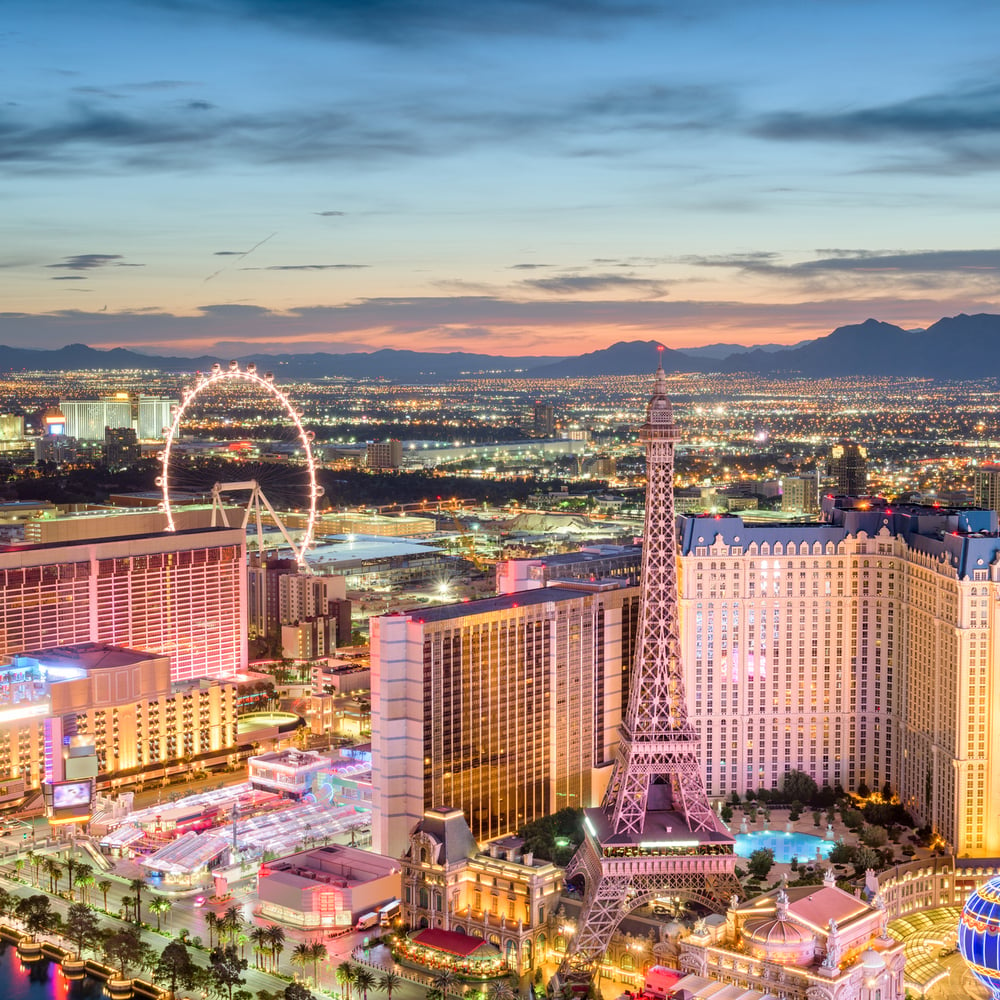And yet, it’s not so simple. Because, at the same time, Aaron approves of Paul’s distance from the public education system, proudly paying for his grandson to attend the very school whose gleefully racist students he is criticizing. It’s easy to forget that each of Paul’s elders has something to gain from their silence, and in this penultimate scene with his grandfather, Paul is given something to ponder. Often during family conversations, it’s Aaron’s wife Mickey who states the unsaid—their pride in private education, in the attractive nearness of the elite, and the horrors of crowded, uncivil public school classrooms. Are there only extremes to choose between: the isolated, supposed meritocracy of the wealthy, or the ramshackle horde of the unwashed masses? For as much as Gray implicitly rails against the inelegant dichotomy between these two options, which are rarely so simple as options to begin with, there is no strict answer for Paul. The contradiction dangles and disturbs for that very reason.
The supposed timeliness of this particular scene on the park bench, at a point when unabashed celebrity antisemitism and “just asking questions” relativity spreads wider and more freely, is nonexistent. There is no historical arrow of progress. Armageddon Time traces a line from 1980 to now and asks, with no shortage of despair, What exactly has changed?
*
It is fair to ponder what becomes of Johnny, what his role is in the narrative, how he is utilized. But that fairness doesn’t necessarily make such questioning legitimate. There have been various readings of Armageddon Time that highlight the odiousness of Johnny’s character, not in judgment against who he is or where comes from, but Gray’s inclusion of him to begin with. It’s true that Johnny is the only prominent person of color in the film and that he, a Black kid, is Paul’s friend, who is white. This kind of representational algebra, sour for its cynicism in the name of some hand-waving kind of accountability, doesn’t add up to much in the context of the film—not in Gray’s measured depiction of the blandly racist world around both kids, not in his superb tenderness for Johnny and Paul’s divergent experiences of childhood, not least in Jaylin Webb’s remarkable performance.
Really, Armageddon Time benefits from both a textual and metatextual reading of Webb’s character, a Black boy who is neither a wellspring for the protagonist’s racial awakening nor a token diversity inclusion. Instead, Johnny is brought to full life beyond the bounds of the script. Webb imbues Johnny with a wisdom and naivety that sits atop a palpable, frustrated rage. We never see where Johnny goes after his encounters with Paul, but that life beyond the screen is felt. Gray’s choice to marshal his own creative imagination with respect to Johnny’s home life is his trickiest gamble; he does not overstep into Johnny’s interiority. As a child and even now, Gray never had such access. This sounds like a weak defense, and to even the film’s most ardent supporters, Gray slips up in this regard. But Gray is clear in the film that Johnny’s lack of inclusion as a lead character, and his truncated childhood after being arrested with Paul at the end, doesn’t deviate from the reality of his own recollection. In that way, the film bears a purposefully sharp, unsatisfying edge. Gray isn’t showing us anything new about what happens to Black boys in America, nor does he claim to be. He stands out in front of the fact that he got away, that he made it as far as he did, here, now, with this very film. It is an uncomfortable notion to sit with.
























































![Key Metrics for Social Media Marketing [Infographic] Key Metrics for Social Media Marketing [Infographic]](https://www.socialmediatoday.com/imgproxy/nP1lliSbrTbUmhFV6RdAz9qJZFvsstq3IG6orLUMMls/g:ce/rs:fit:770:435/bG9jYWw6Ly8vZGl2ZWltYWdlL3NvY2lhbF9tZWRpYV9yb2lfaW5vZ3JhcGhpYzIucG5n.webp)




















